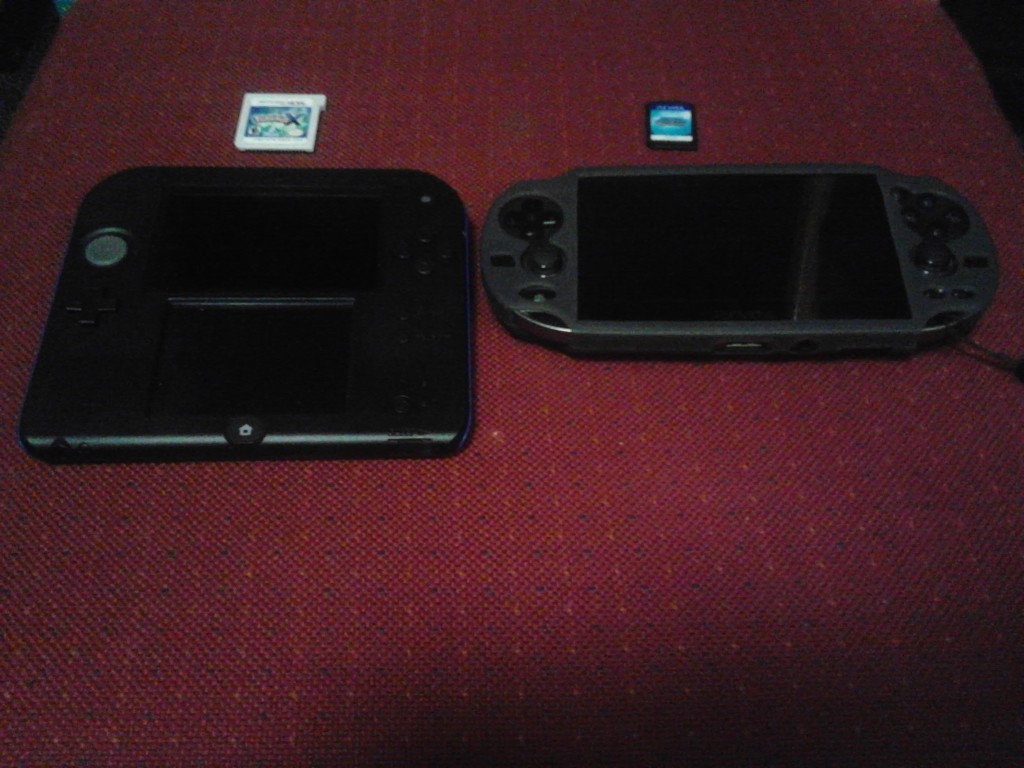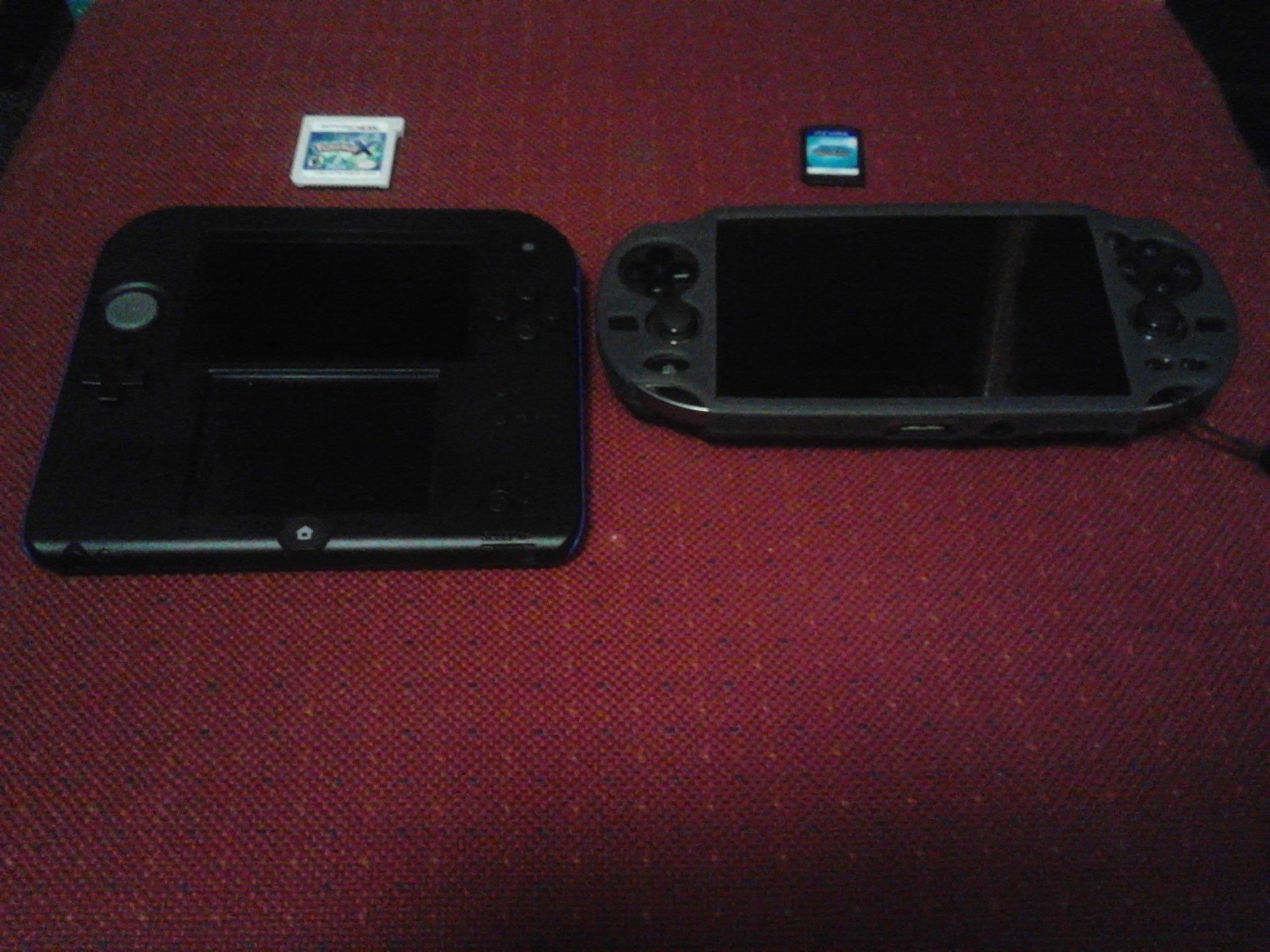The handheld wars: Life in 3D

Photo Courtesy of Shawn Richards
In the world of handheld consoles, the competition has been relatively small. This year, the two main contenders are getting new models: the Nintendo 3DS and the PlayStation Vita. They are different in more ways than just their physical appearance.
The Nintendo 3DS was released on Feb. 26, 2011, as a successor to the DS, to which it is backwards compatible. In addition to the DS controls, it features an analog pad, an extra camera to take 3D pictures and a 3D slider to give the top display a 3D look.
Afterwards, the PlayStation Vita ( which means “Life” in Latin), was released in Japan in Dec. 17, 2011, and in other regions on Feb. 22, 2012. The Vita is Sony’s second handheld console after the PlayStation Portable, or PSP, which it is not backwards compatible with. In addition to the PSP controls, the Vita has dual analog sticks, a touch screen in the front and a touch pad on the back.
Both consoles support WiFi connections and digital downloading and have removable storage. The 3DS uses a standard SD card, while the Vita uses specialized memory cards, making them more expensive to the consumer. However, the Vita also sports a SIM card, where players can get Internet capabilities straight from a provider rather than WiFi. The 3DS does not have this.
Both consoles have network services that they share with their respective consoles. The Nintendo 3DS, which uses the Nintendo eShop and the Nintendo Network, shares its services with the Wii U. The PlayStation Vita shares the PlayStation Network with the PlayStation 3 and PlayStation 4.
These consoles will even “talk” to their home console counterparts. The 3DS can transfer “Miis” to the Wii U and back. The Vita can “remote play” with the PlayStation 4, where any game on the PlayStation 4 can be played on the Vita using the Vita screen.The PlayStation network also features cloud saving, while the 3DS does not.
When it comes to games, both systems have a great lineup. The 3DS has great selections from its home console series, like “Super Mario,” “Kid Icarus,” “Super Smash Bros” and “Animal Crossing,” as well as original games from the mobile series like “Pokemon” and games from previous consoles like the Game Boy Color and Game Boy Advance.
The Vita, contrary to common belief, has a great selection of games from original series, like “Gravity Rush” and “Escape Plan,” to home console spinoffs, like “Uncharted: Golden Abyss,” “PlayStation All-Stars Battle Royale” and “LittleBigPlanet Vita,” as well as emulating PlayStation and PSP games.
These consoles have plans to release or have already released iterations. 3DS has a larger version called the 3DS XL, as well as a physical overall, called the 2DS, where the clamshell design is scrapped for a flat design without the 3D slider.
The Vita has plans for a newer addition to the franchise with the next model, which is slimmer and has a microUSB charger instead of a special port for the charger. The Vita also has a home version planned for a release called the PS Vita TV, which functions like a home console and uses the PlayStation Dualshock 4; however, some games will not work as some of the touch capabilities are not available.
Currently, the 3DS sells for $170, the 3DS XL for $200 and the 2DS for $130. The Vita sells for $200.

